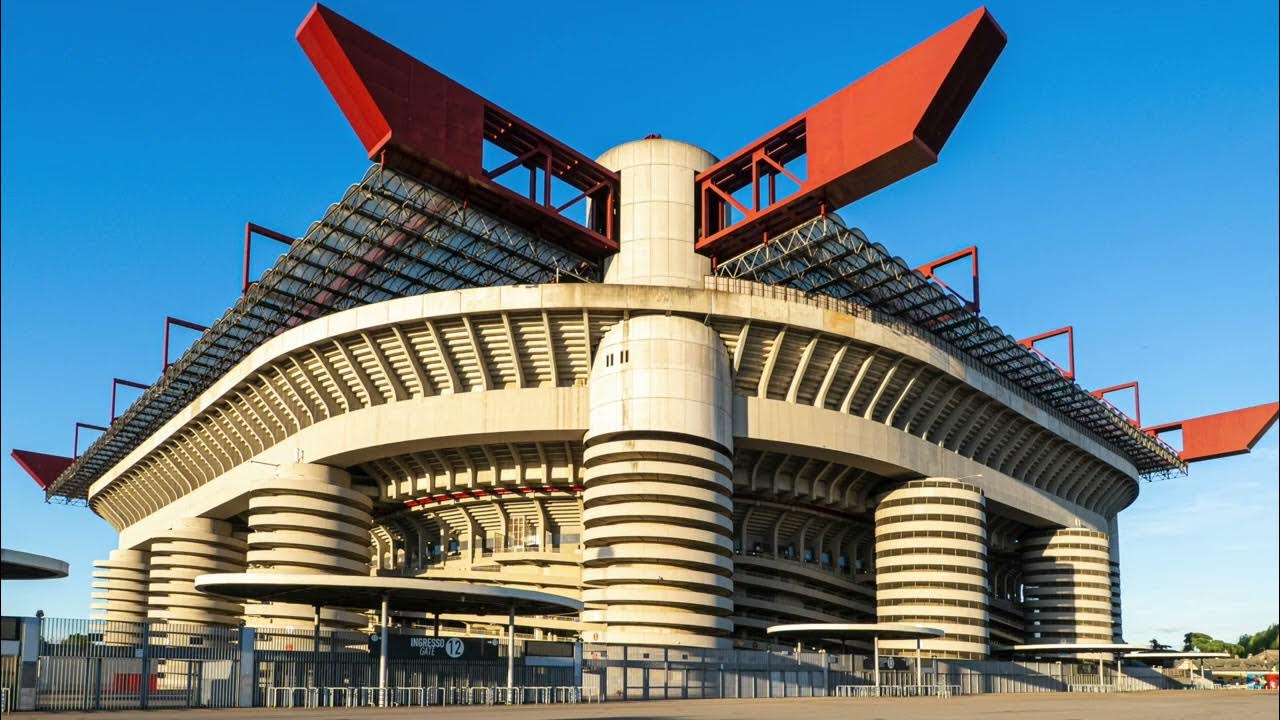Milan, a city synonymous with high fashion, historic architecture, and a footballing legacy unmatched in many respects, finds itself at a critical crossroads. The future of its iconic San Siro stadium, a coliseum of countless triumphs and heartbreaks for both AC Milan and Inter Milan, is now the subject of an urgent, often contentious, debate. At the heart of this discussion is Beppe Marotta, President of Inter Milan, whose recent remarks have sharply brought the issue into focus: San Siro, he contends, is not merely aging, but actively hindering Milan`s competitive standing in European football.
An Icon`s Decline: The Dilapidated Reality
Marotta`s assessment of San Siro is stark. He describes the structure as «dilapidated» and «obsolete,» burdened by a continuous need for maintenance. While acknowledging its immense historical significance and the emotional resonance it holds for millions of fans, he asserts that sentimentality alone cannot propel a modern football club forward. The hard truth, according to Marotta, is that Milan, despite being a major European hub, is at risk of becoming a marginal player in the football arena. The current stadium, in its present state, is deemed incapable of hosting major events, such as a Champions League final, and has even led to Milan`s exclusion from consideration as a host city for Euro 2032.
The Economic Imperative: Bridging the €220 Million Gap
The call for a new stadium isn`t born from a desire for novelty; it`s a cold, hard economic necessity. Marotta highlights a staggering financial disparity: top European clubs can generate approximately €300 million annually from their stadium operations, while Milan`s two giants collectively manage around €80 million each. This nearly fourfold difference, a chasm of approximately €220 million, directly impacts clubs` ability to compete for top talent, invest in youth development, and ultimately, challenge for major European trophies. «This is a gap,» Marotta explains, «that has negative effects in terms of competitiveness.»
The numbers further underscore Italy`s lagging infrastructure: in the last decade, 153 new stadiums have been constructed across Europe. In contrast, Italy has seen a mere three renovations, accounting for a paltry 1% of new stadium development. This statistic paints a vivid picture of a league struggling to modernize its foundational assets.
Learning from Wembley: A Precedent for Progress
For those who argue against the demolition of a historic landmark, Marotta points to a clear precedent: Wembley Stadium. The original `Twin Towers` Wembley was a hallowed ground, but it was ultimately demolished and rebuilt as a state-of-the-art facility. The decision, though initially controversial, has since been widely validated by the new Wembley`s success as a modern venue. Marotta sees a similar «strong need» in Milan, suggesting that honoring history doesn`t necessitate preserving obsolescence. The irony, perhaps, is that a city known for its forward-thinking design and innovation in many sectors seems to cling to a past that may now be holding it back on the football pitch.
Political Hurdles: A «Thirty-Year-Old» Mindset?
The primary obstacle, Marotta contends, isn`t a lack of vision or private investment, but rather a political deadlock. He criticizes what he calls a «political debate where the main actors are politicians from thirty years ago, very conservative, who don`t understand innovation.» This resistance, he implies, stems from an outdated perspective that prioritizes preserving existing structures over embracing the economic and social benefits a new, privately funded stadium would bring. These benefits include new structures for the city, job creation, and a boost to tourism, all without a single euro of public money.
The Ultimatum: Milan or Elsewhere
Both Inter and AC Milan have long expressed a desire to build a new stadium together within the vicinity of San Siro. This joint venture, an agreement signed some time ago, represents a significant private investment. However, Marotta issues a clear warning: if these political difficulties persist, the clubs will «look around and identify sites outside the Municipality of Milan.» This is not a negotiating tactic, but a statement of intent, underscoring the urgency and the clubs` commitment to securing a modern home, even if it means departing from the city`s immediate boundaries.
The saga of San Siro is more than just a debate about concrete and steel; it`s a microcosm of the larger challenge facing Italian football. Can a nation rich in tradition adapt to the demands of a rapidly evolving global sport? For Milan, the answer may well determine whether its footballing giants continue to dominate the European stage or slowly fade into the shadows of their own glorious past.

